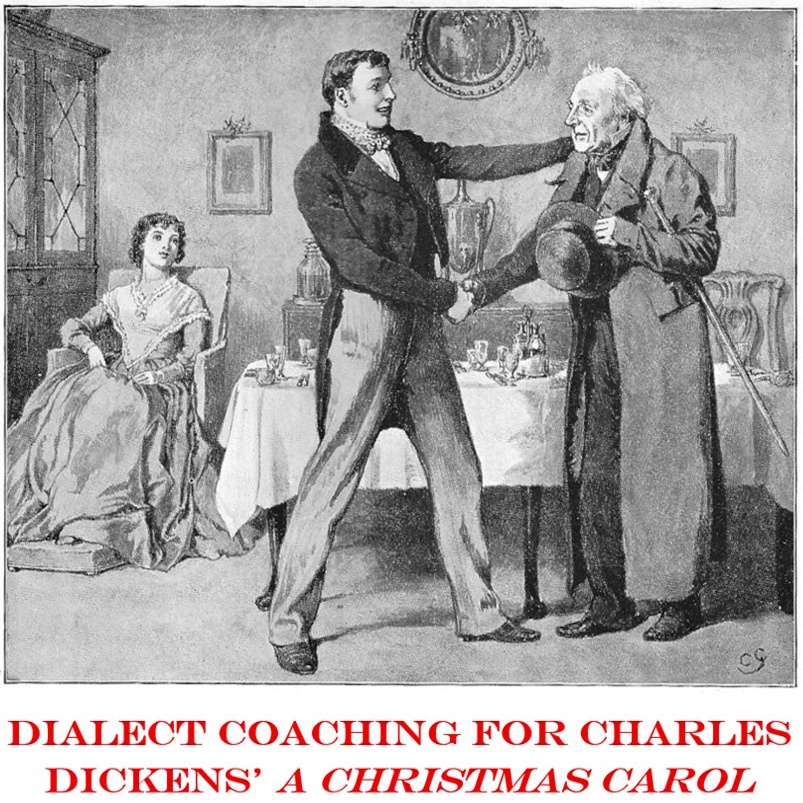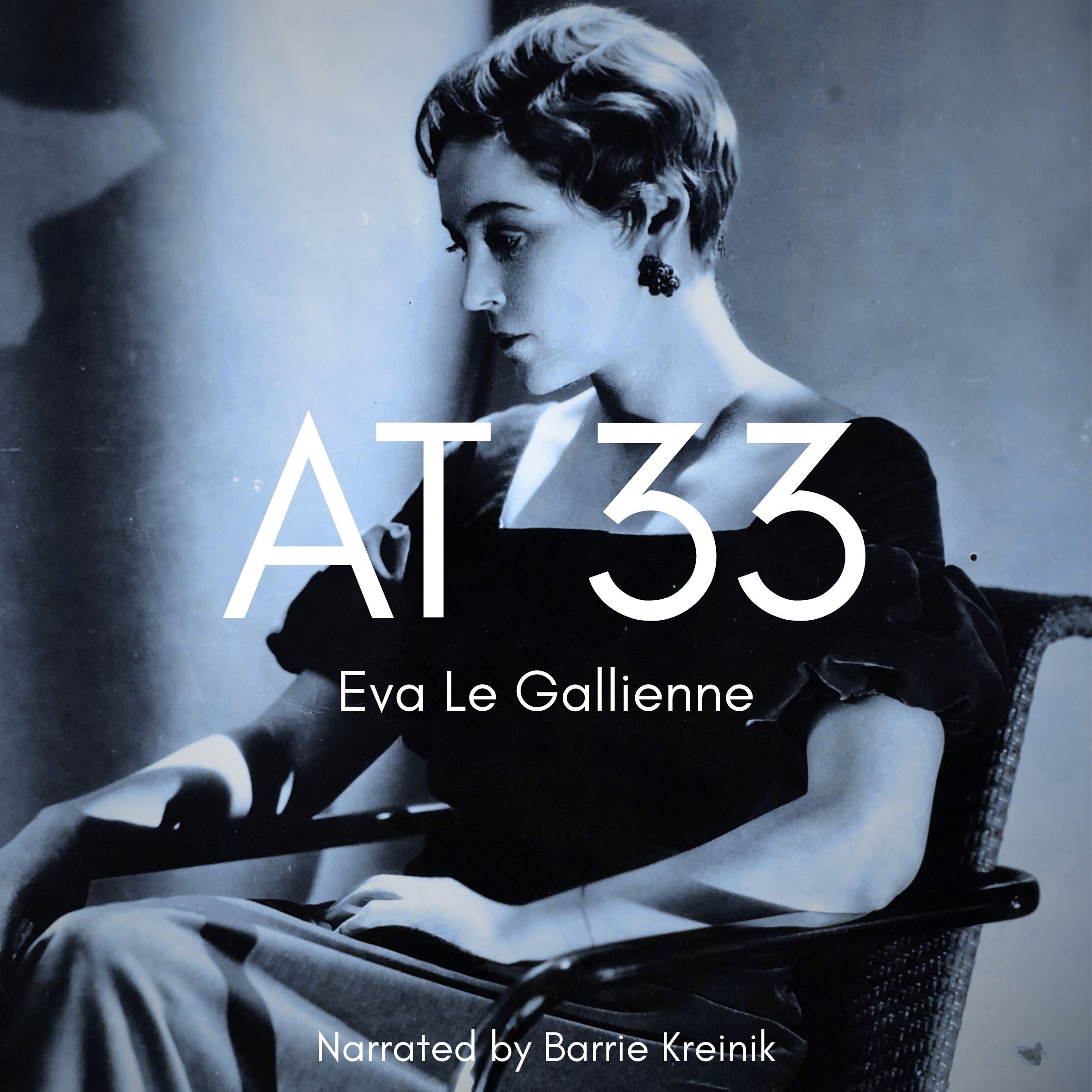Kentucky 5
Listen to Kentucky 5, a woman in her 40s from Louisville, Kentucky, United States. Click or tap the triangle-shaped play button to hear the subject.
Both as a courtesy and to comply with copyright law, please remember to credit IDEA for direct or indirect use of samples. IDEA is a free resource; please consider supporting us.
BIOGRAPHICAL INFORMATION
AGE: 40s
DATE OF BIRTH (DD/MM/YYYY): 1950s
PLACE OF BIRTH: Louisville, Kentucky
GENDER: female
ETHNICITY: Caucasian
OCCUPATION: administrative assistant
EDUCATION: a year or two of college
AREA(S) OF RESIDENCE OUTSIDE REPRESENTATIVE REGION FOR LONGER THAN SIX MONTHS:
She lived in Taylorsville, 50 miles southwest of Louisville, Kentucky, for two years.
OTHER INFLUENCES ON SPEECH: N/A
The text used in our recordings of scripted speech can be found by clicking here.
RECORDED BY: Rinda Frye
DATE OF RECORDING (DD/MM/YYYY): 16/02/2000
PHONETIC TRANSCRIPTION OF SCRIPTED SPEECH: N/A
TRANSCRIBED BY: N/A
DATE OF TRANSCRIPTION (DD/MM/YYYY): N/A
ORTHOGRAPHIC TRANSCRIPTION OF UNSCRIPTED SPEECH:
I grew up in south Louisville. Uh, I lived there up until the time — well, where I grew up I lived up until the time I was 20. Uh, it was working-class neighborhood. When I was growing up, um, there were, most of the mothers were stay-at-home mothers. So you knew, all the, they all knew each other; I knew all the kids growing up, it, you know, it, it was blue collar. You know, so, you know they’re not like a big, you know, bunch of executives or anybody around; it wasn’t like that. Um, I think uh, the dialect in south Louisville differs, uh, from other parts of the east end because most, I think of, of the south end is a family community, whereas a lot of the people that live in other parts of the city, I think, you know, come from other places, and, like, they’re more professionals, and, um, I, I think the south end is, I think most of the people that live in the south end have been there a long time; they’re family has been there, whereas, you know, people that come from other places are just not usually going to gravitate towards the south end. Um, uh, there were a lot of Catholic families on our street, I know I was jealous growing up; all the girls would have first communion and I, I didn’t have first communion because I went to the Methodist church down the street. So’s kind of jealous about that. Um, I went to, uh, Iroquois High School, which is on down Taylor Boulevard. Um, where I live now really isn’t that far, um, from it. I grew up very close to Churchill Downs, which, it, a lot of people would think that’s cool but I look as, at D-Derby day as a day where you were kind of stuck, you couldn’t go anywhere because of all the traffic. And, huh, my husband growing up um, he always went to the Derby and he, he never saw the side of it that I did. I mean, they’d get on the expressway, they’d go in the Downs, they’d park, they had their great box seats right on the rail, would watch the Derby and go home, so, I know that when, um, when we first started dating; we’d go over my mother’s house Derby eve and we’d watch all the traffic going up and down Taylor Boulevard. And he, it fascinated him, I mean he would sit there with his mouth hanging open because he never saw that part of it. He didn’t know how wild it was. I mean he just couldn’t get over all the people, and, you know, so, you know, he saw a different side of it, you know, than what I saw. A, you know, a lot of people, you know, look down on the south end, but it’s very unfortunate, I mean you can g-get beautiful homes in the south end; I think the cost o’ living is, I m- it-, it’s the same, but you can get a house comparable to a house out on the east end for less money. I’m close to work, I mean it’s, you know, it’s, it’s very handy for me.
TRANSCRIBED BY: Marti Lyons and Sandra Lindberg
DATE OF TRANSCRIPTION (DD/MM/YYYY): 06/04/2008
PHONETIC TRANSCRIPTION OF UNSCRIPTED SPEECH: N/A
TRANSCRIBED BY: N/A
DATE OF TRANSCRIPTION (DD/MM/YYYY): N/A
SCHOLARLY COMMENTARY:
Like many female working class speakers, her vocal range is much lower than people from the country, or from the mountains. Also typical of this area, she speaks with a strong nasal resonance, uses a strong, hard terminal and medial “r” and substitutes “a” for “aI” when the vowel is terminal or followed by a phonated consonant.
COMMENTARY BY: Rinda Frye
DATE OF COMMENTARY (DD/MM/YYYY): 16/02/2000
The archive provides:
- Recordings of accent/dialect speakers from the region you select.
- Text of the speakers’ biographical details.
- Scholarly commentary and analysis in some cases.
- In most cases, an orthographic transcription of the speakers’ unscripted speech. In a small number of cases, you will also find a narrow phonetic transcription of the sample (see Phonetic Transcriptions for a complete list). The recordings average four minutes in length and feature both the reading of one of two standard passages, and some unscripted speech. The two passages are Comma Gets a Cure (currently our standard passage) and The Rainbow Passage (used in our earliest recordings).
For instructional materials or coaching in the accents and dialects represented here, please go to Other Dialect Services.
 IDEA: International Dialects of English Archive
IDEA: International Dialects of English Archive




